Bruno Simões is someone who doesn’t have hobbies because the things he enjoys always seem to turn into professional ventures. The Brazilian architect has worked for a film production company, designed houses, stores and buildings all within a five year timespan dedicated to the field of architecture. He also attended photography college, where he studied the art which sustains his livelihood. Restless since childhood, Bruno’s thirst for learning and research is present in everything he does. Taking advantage of his well trained eye, he also took on the publishing world. After two years spent working as editor of an interior design magazine, Bruno yet again sought new challenges and is now the curator of the design fair MADE and Residência Design, both based in São Paulo. Most recently Bruno launched his very own furniture collection, Atelier Bruno Simões.
This multi-talent has traveled the world but always returns to São Paulo, a city he loves and calls home. He chose to settle in Jardins, the neighborhood in which he was born and raised. The presence of Paulo Mendes da Rocha, Jean Prouvé, Charles Eames, Lina Bo Bardi pieces within his four walls clearly articulates his preference for clean design: “I love simple pieces, ones that are well thought out and with impeccable finishing,” he explains. Photos taken by Bruno of rooftops in São Paulo, Rio de Janeiro, London and New York are mixed on his walls with images by photographers such as Matthias Heiderich, a talent Bruno scouted while working as the editor at Vogue.
Alongside inherited furniture full of stories, one can find Bruno’s handmade pieces such as chandeliers, a dining room table and a bedside lamp all within his apartment. We discussed his passion for Scandinavian design, his projects for the future, and his love of folk style – revealed by the two arrows tattooed on his leg.
This portrait is part of a series with Vitra. Visit Vitra Magazine to delve deeper into specific design pieces and individual interior concepts.
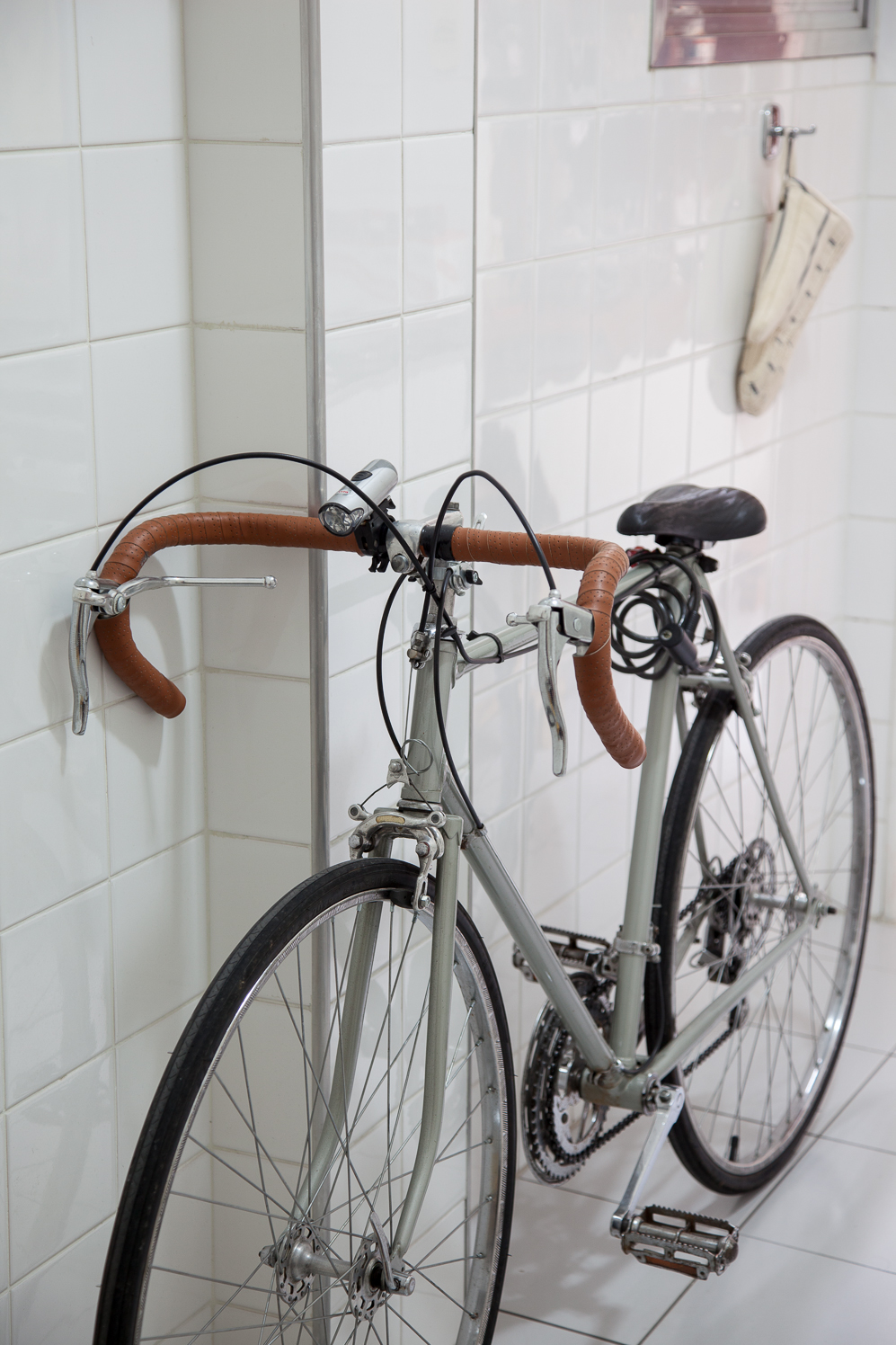
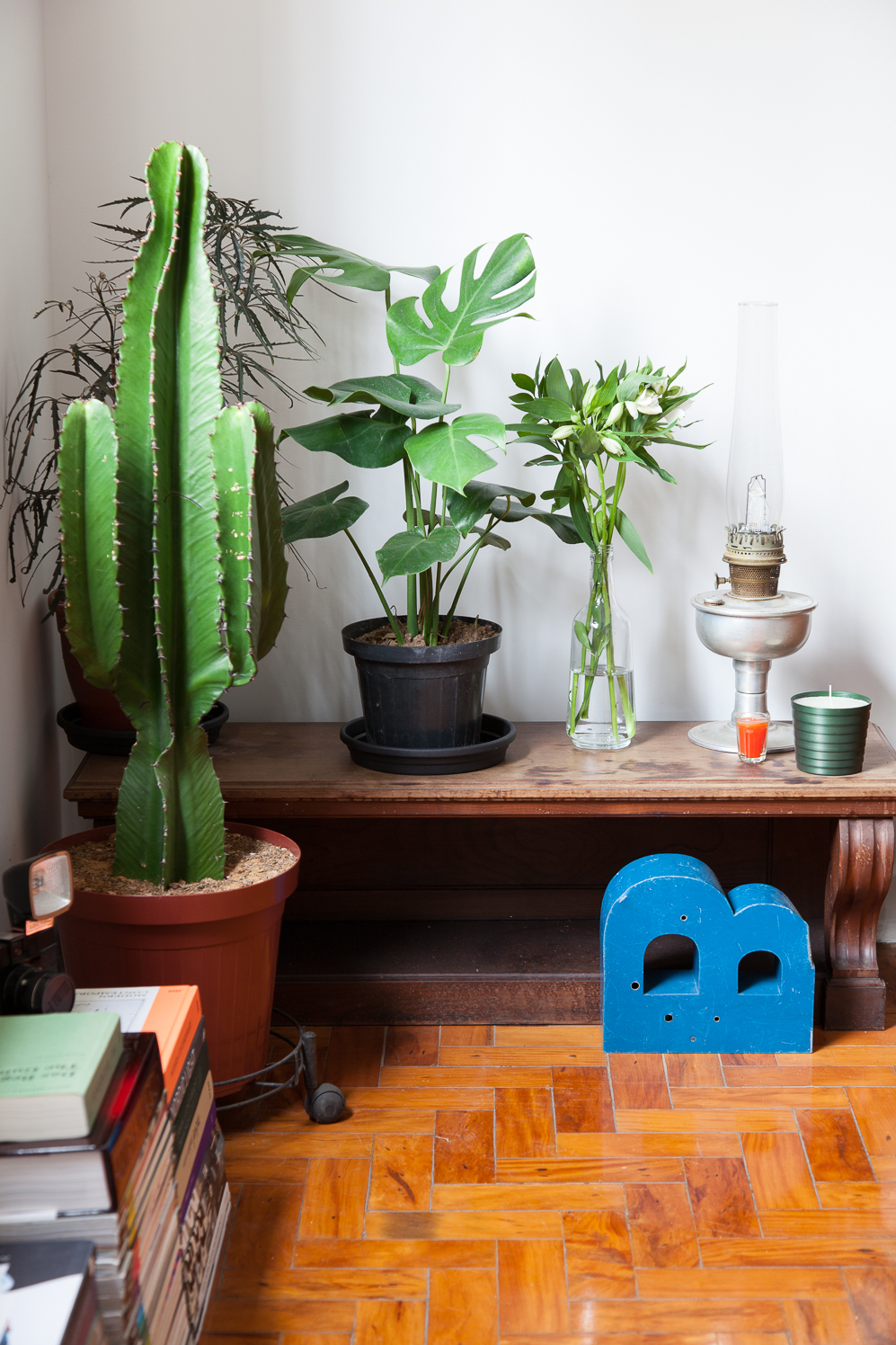
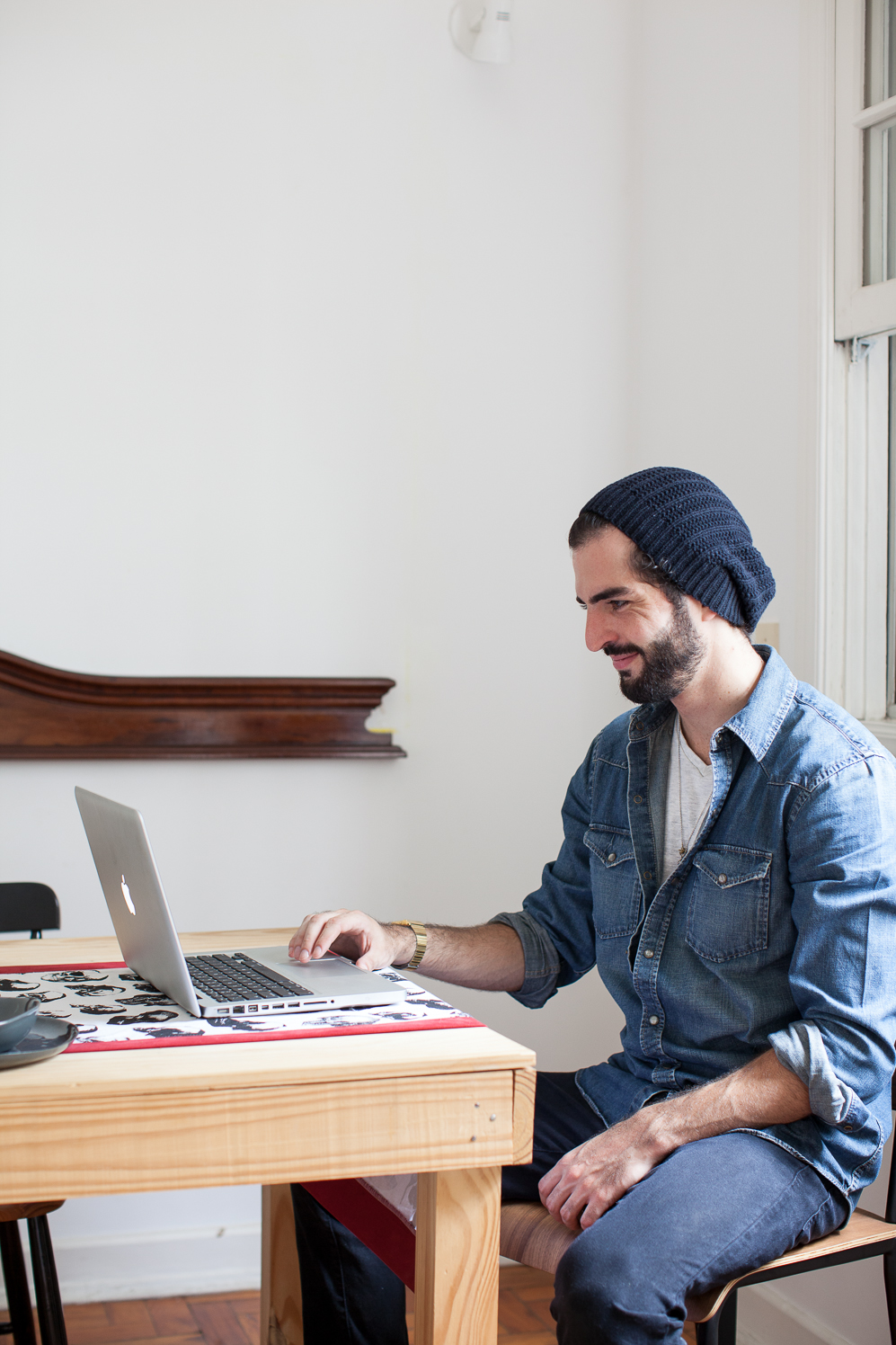
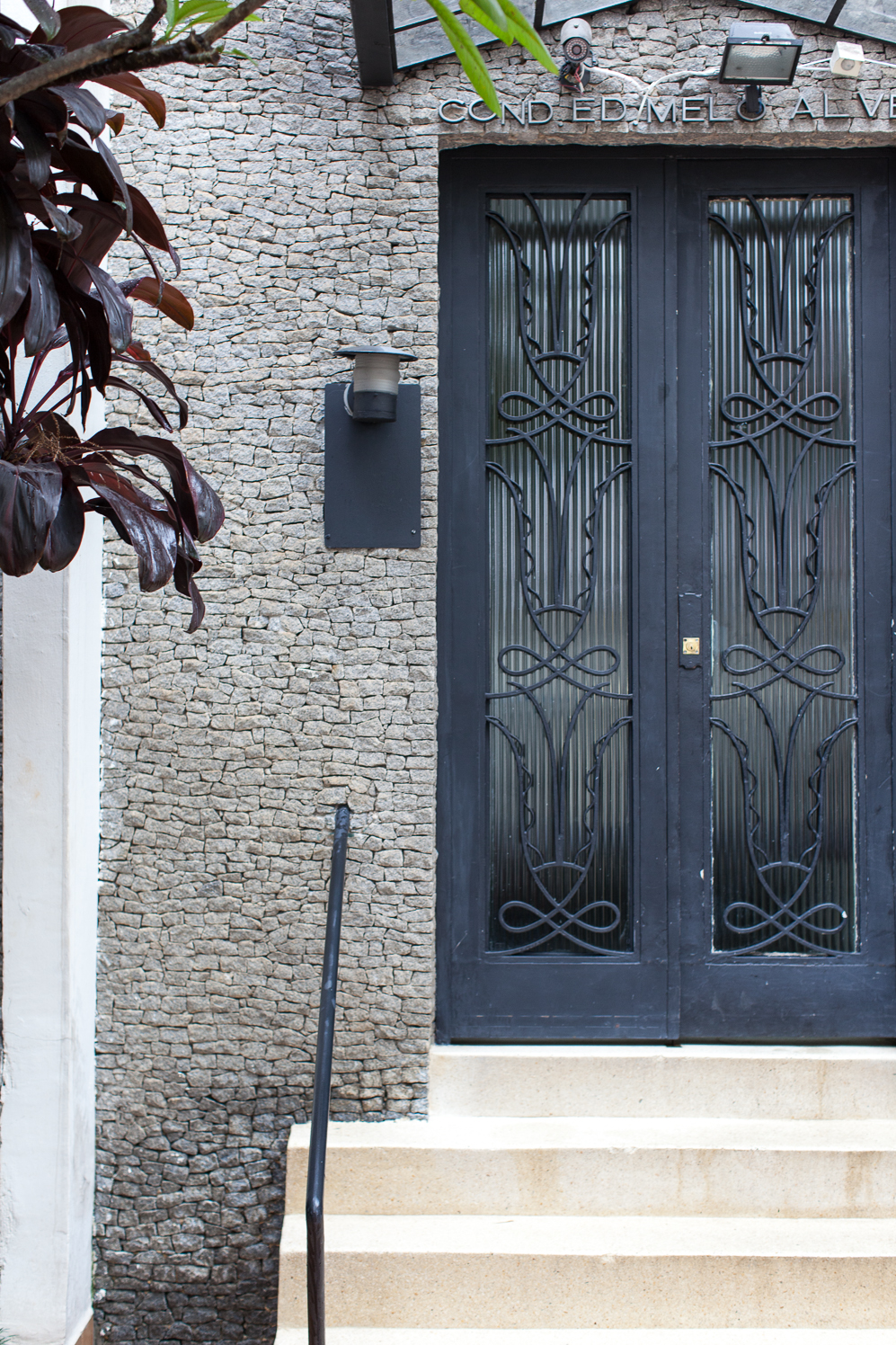

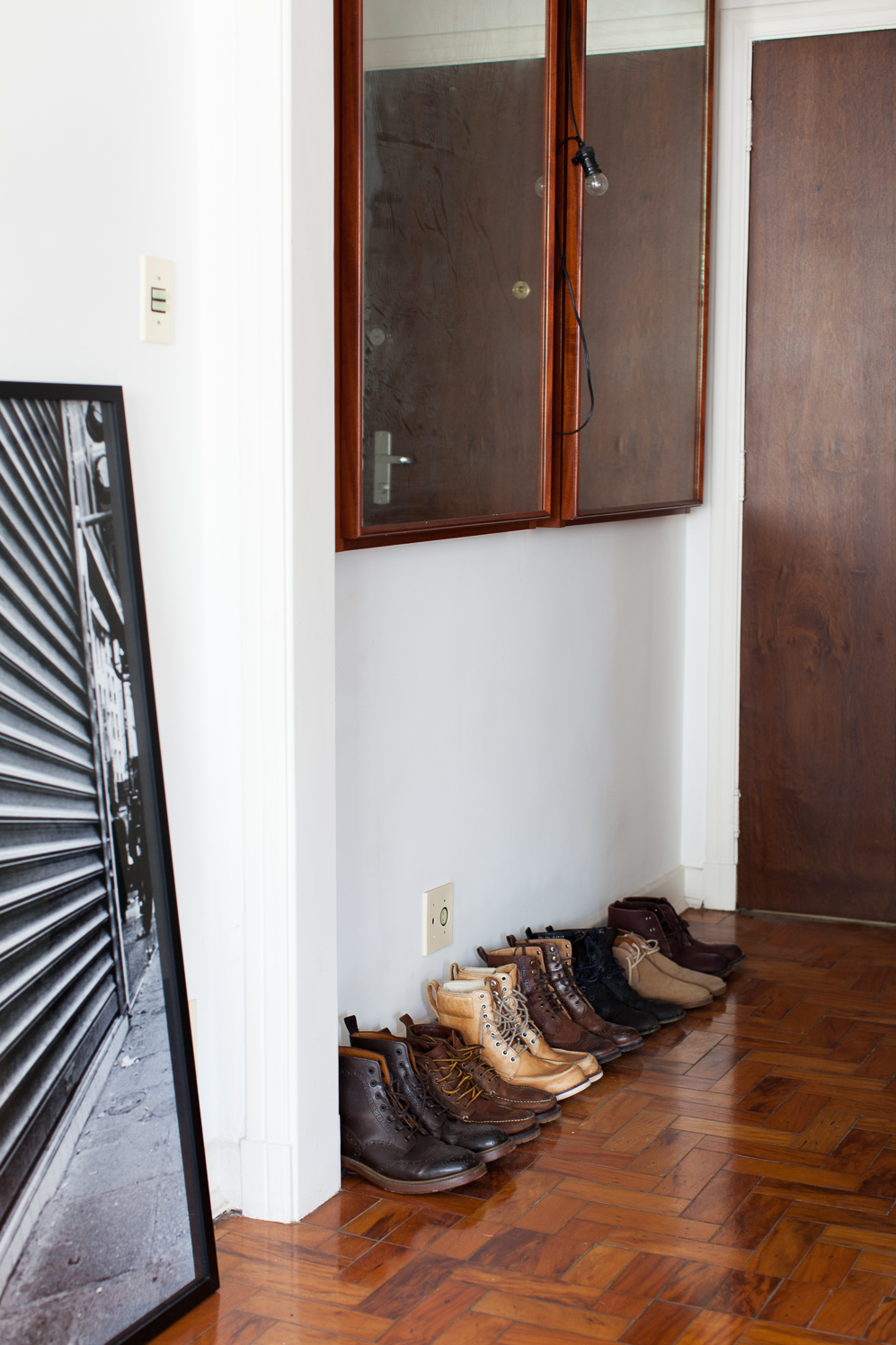
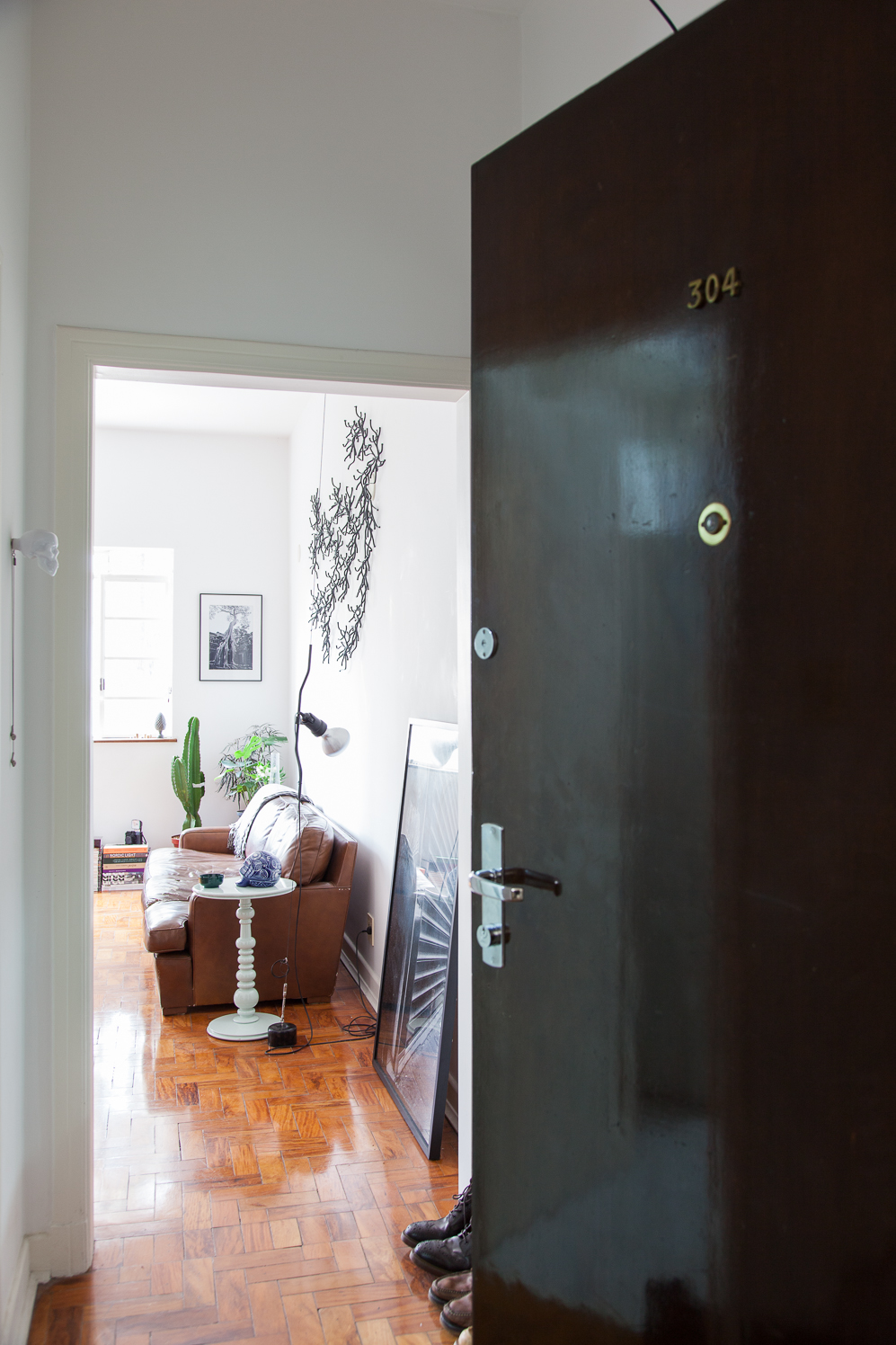
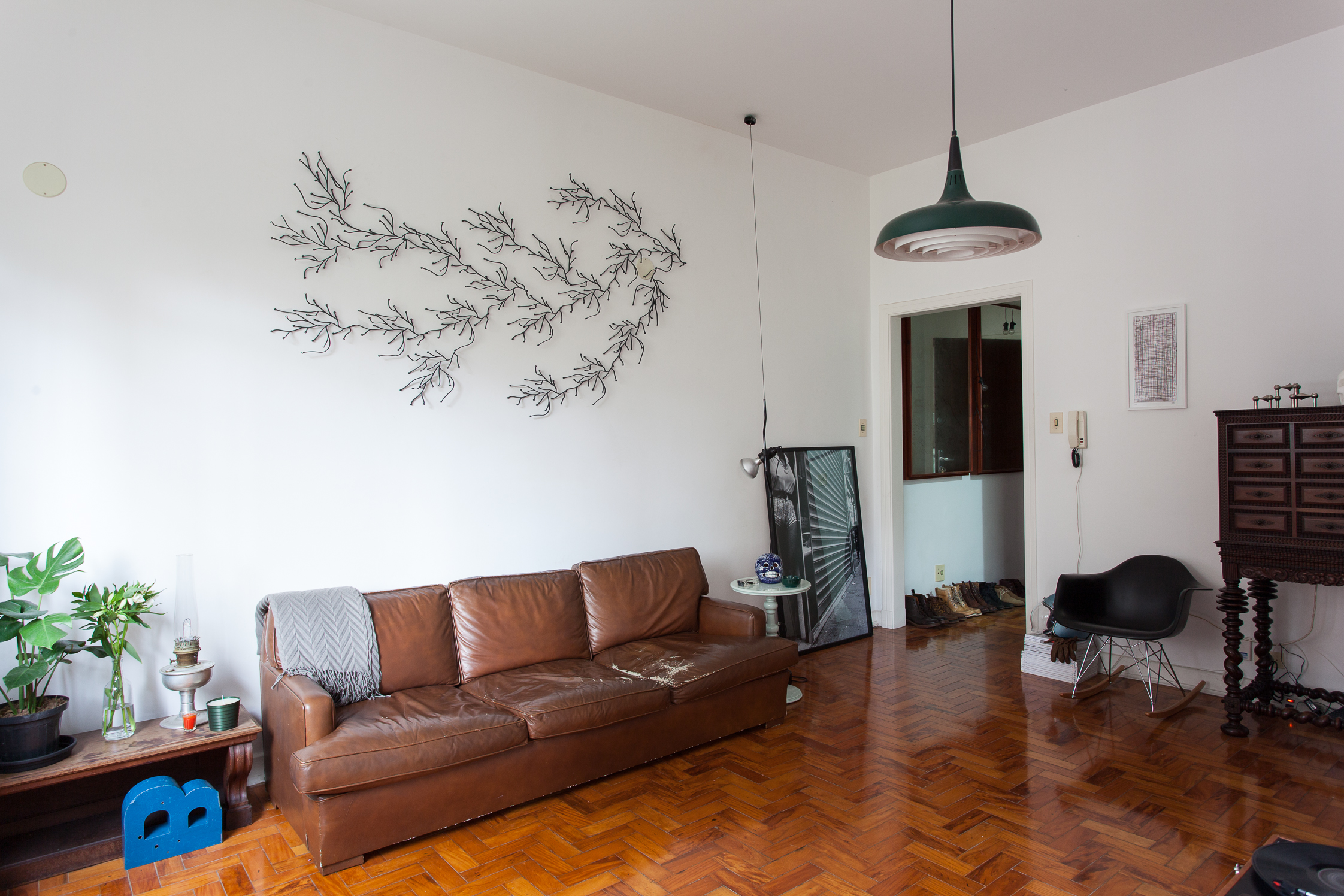
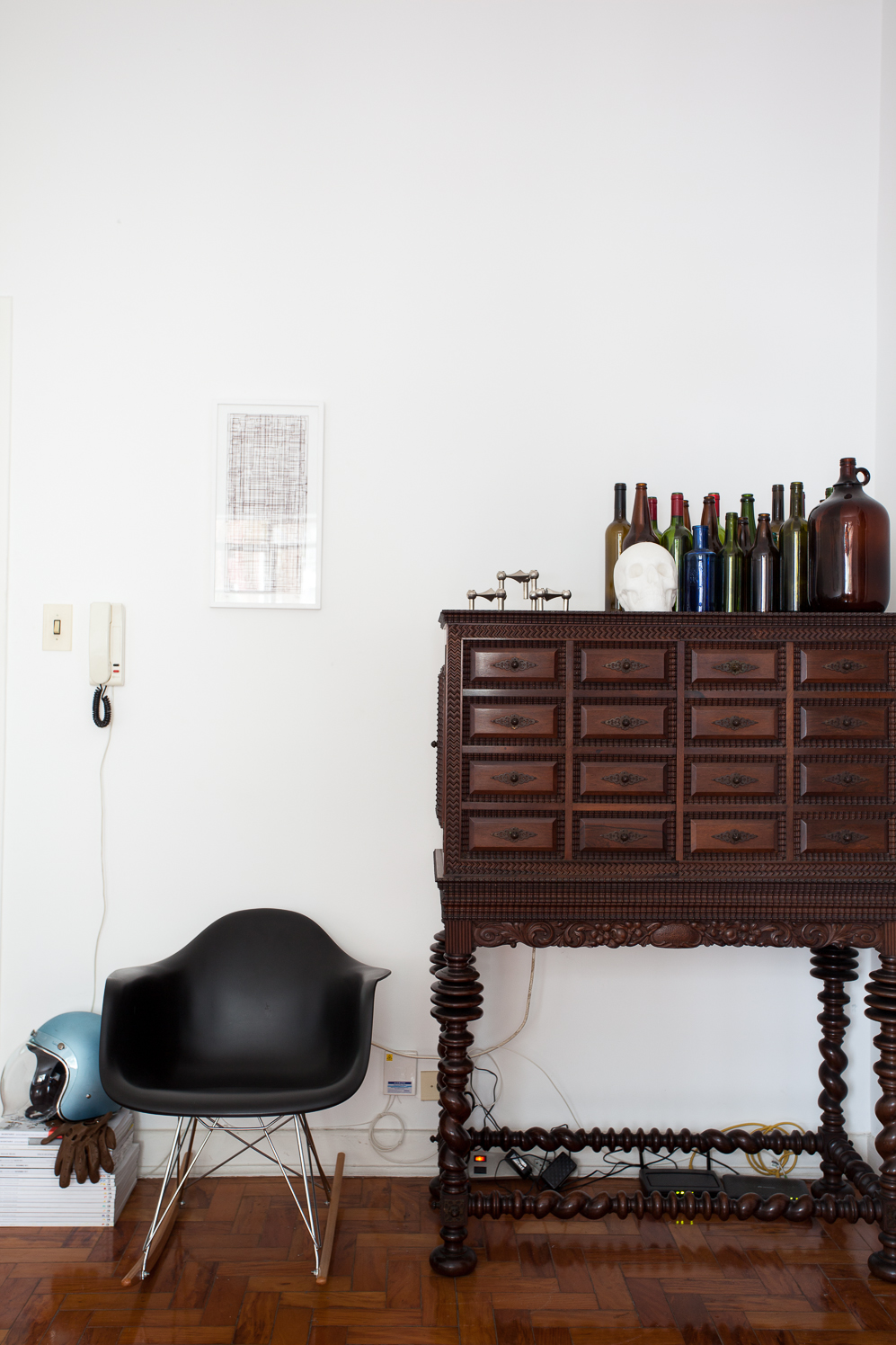
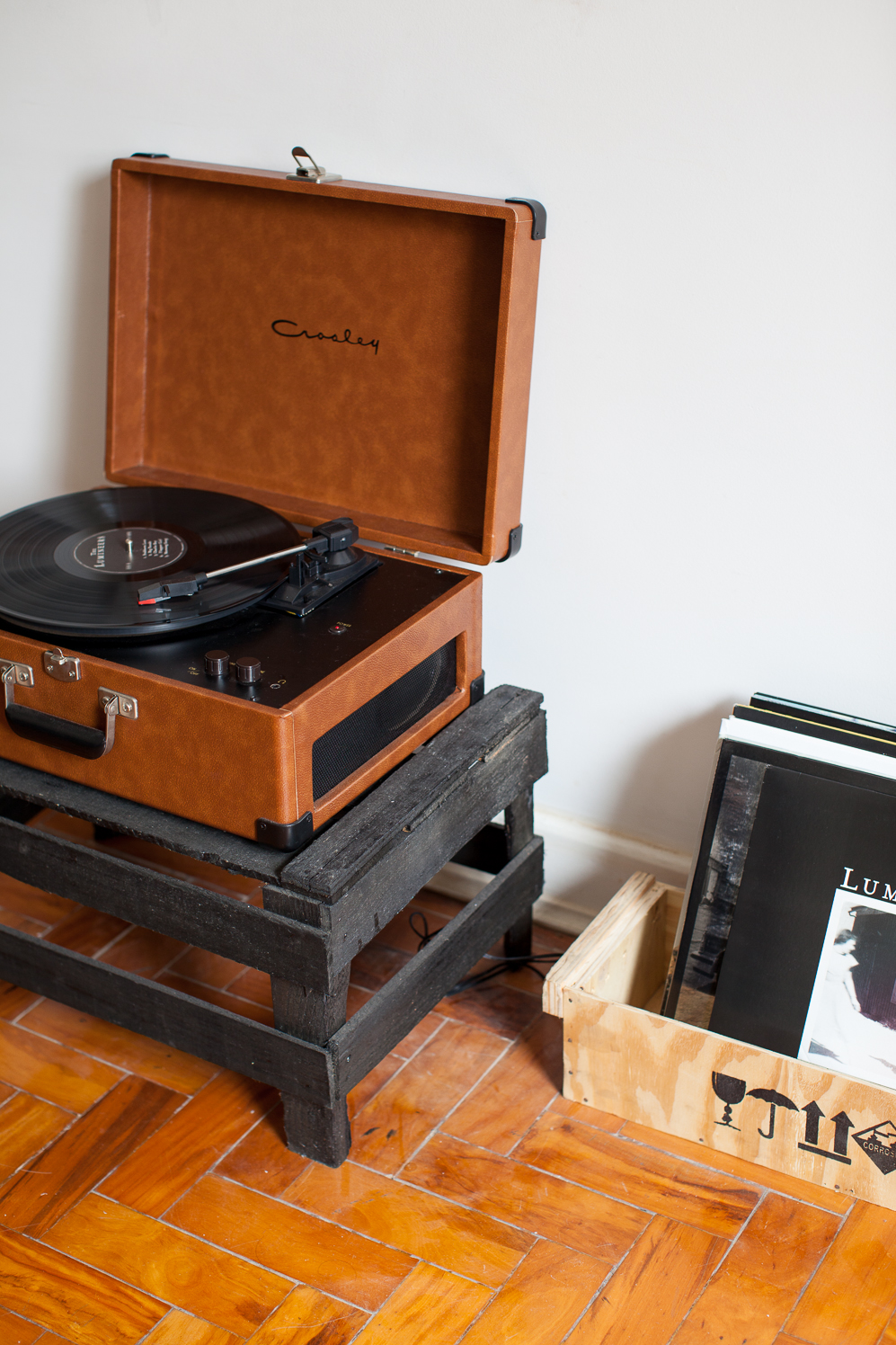
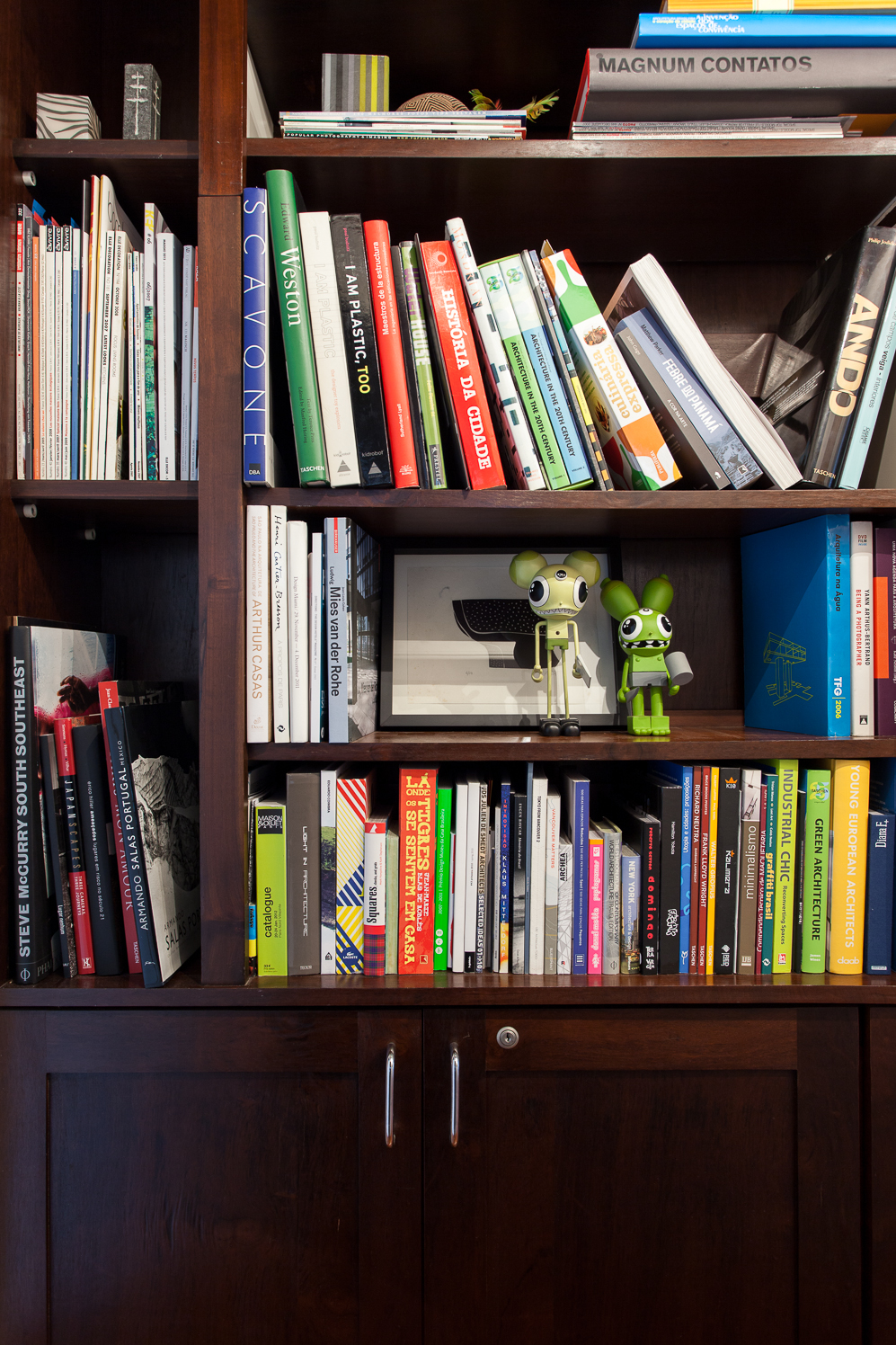
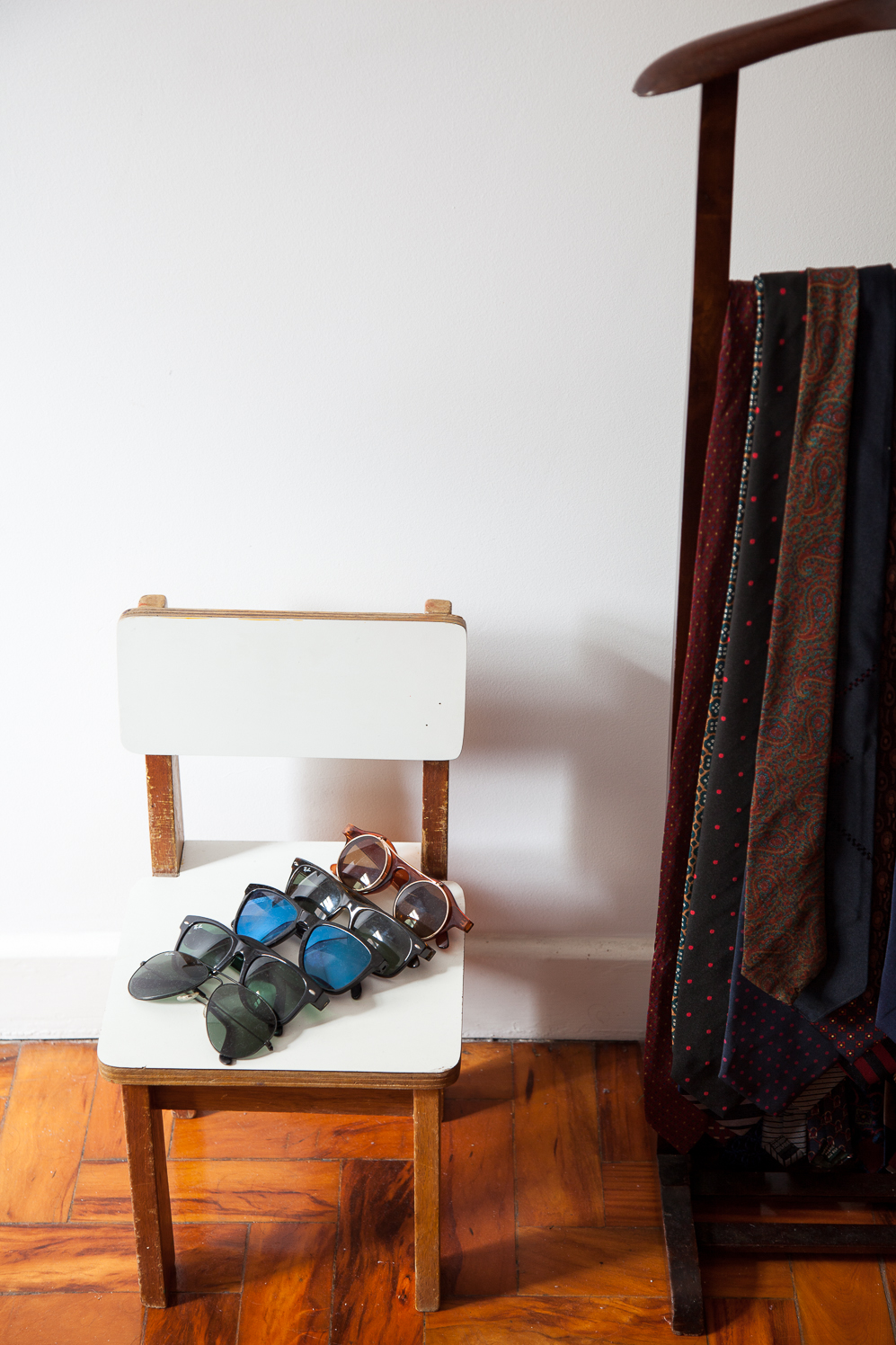
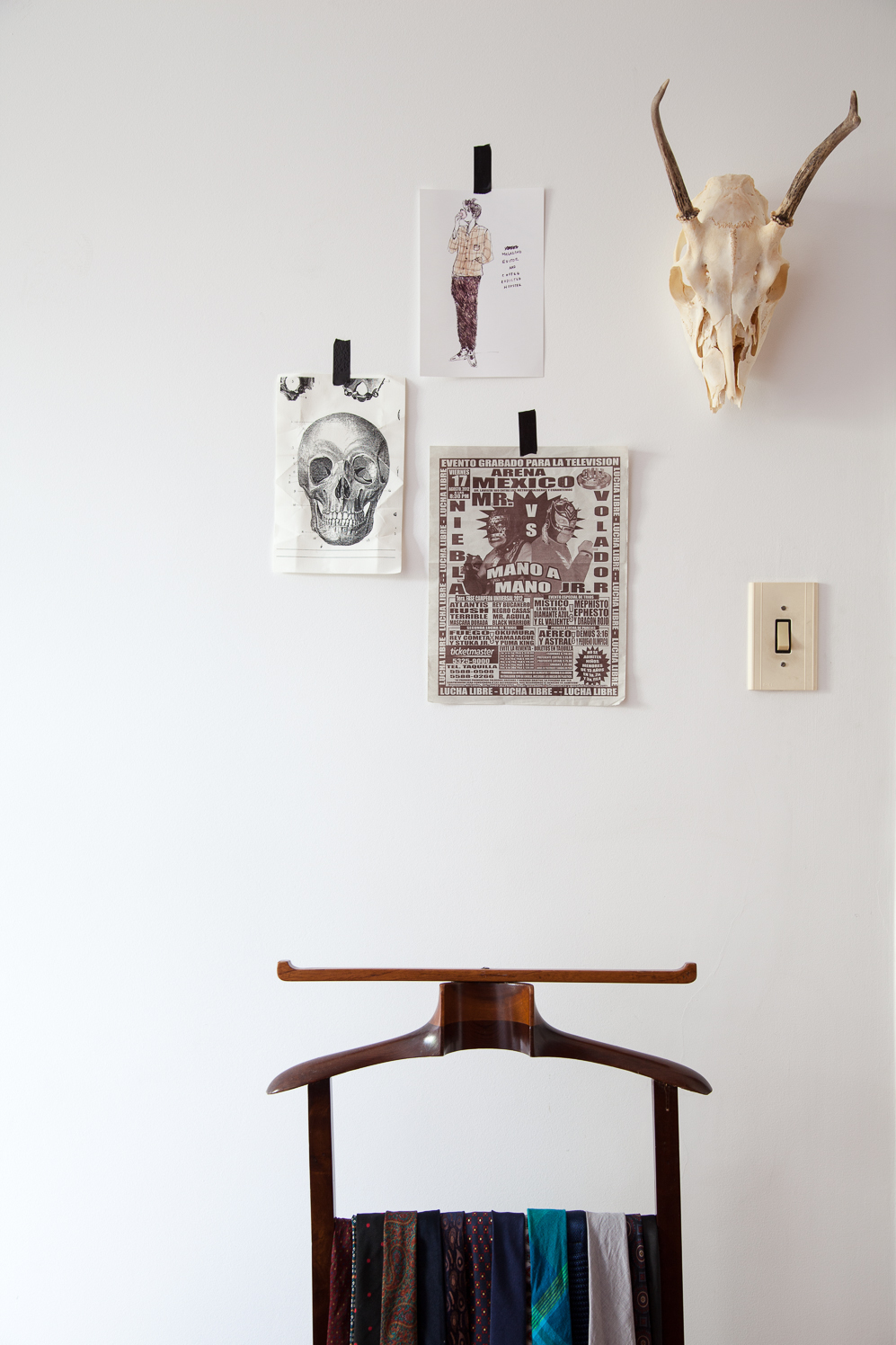
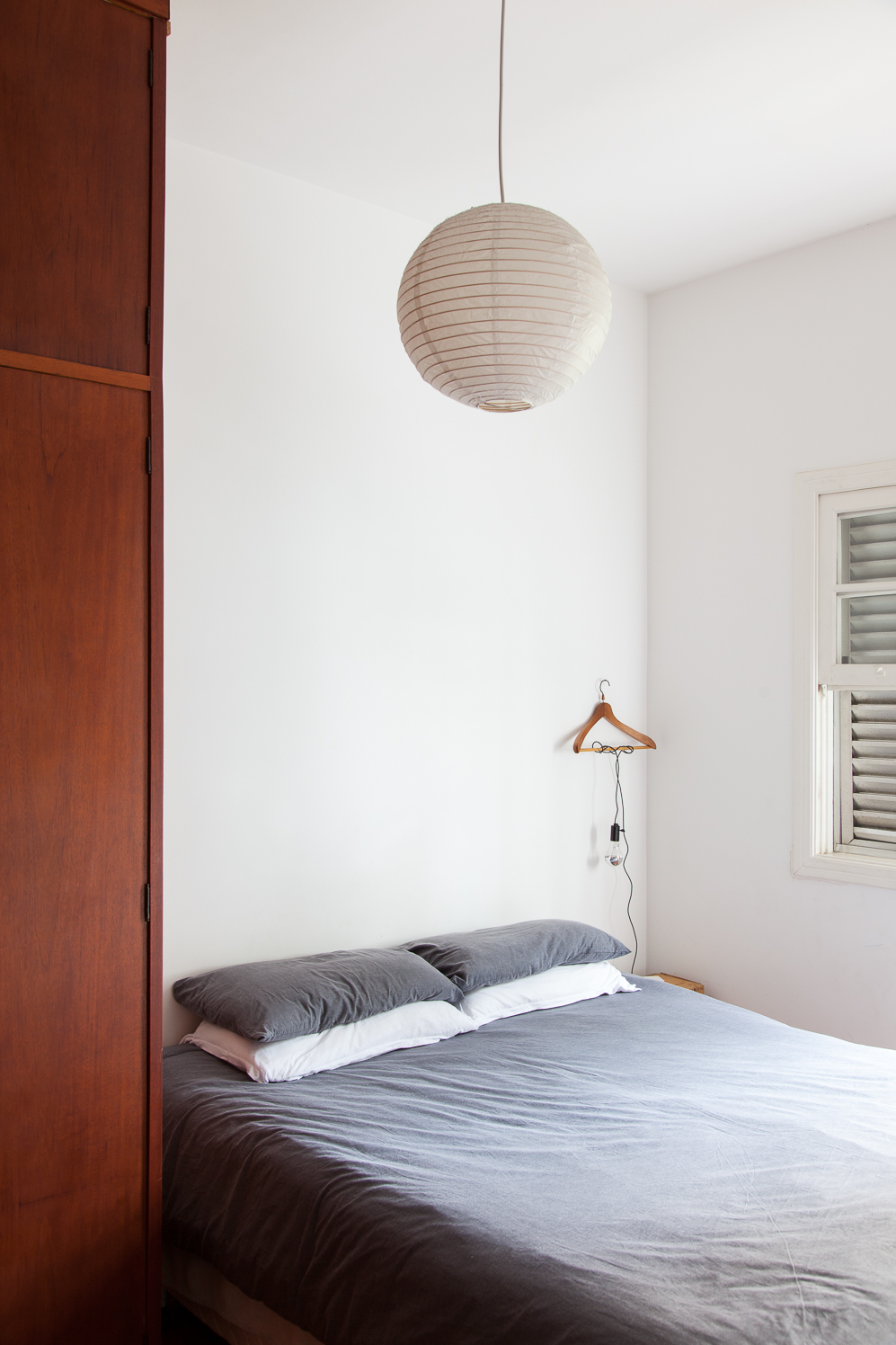
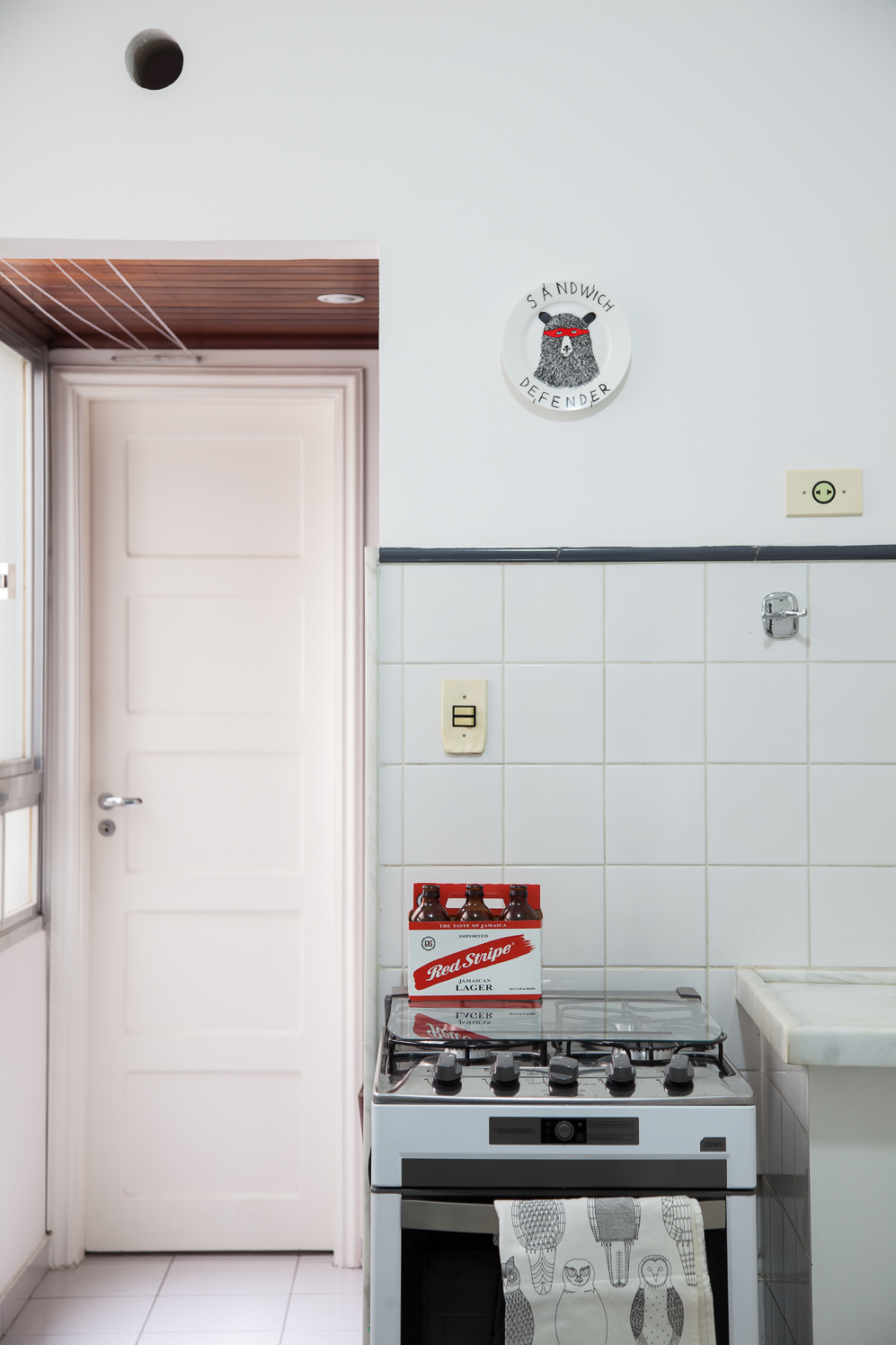
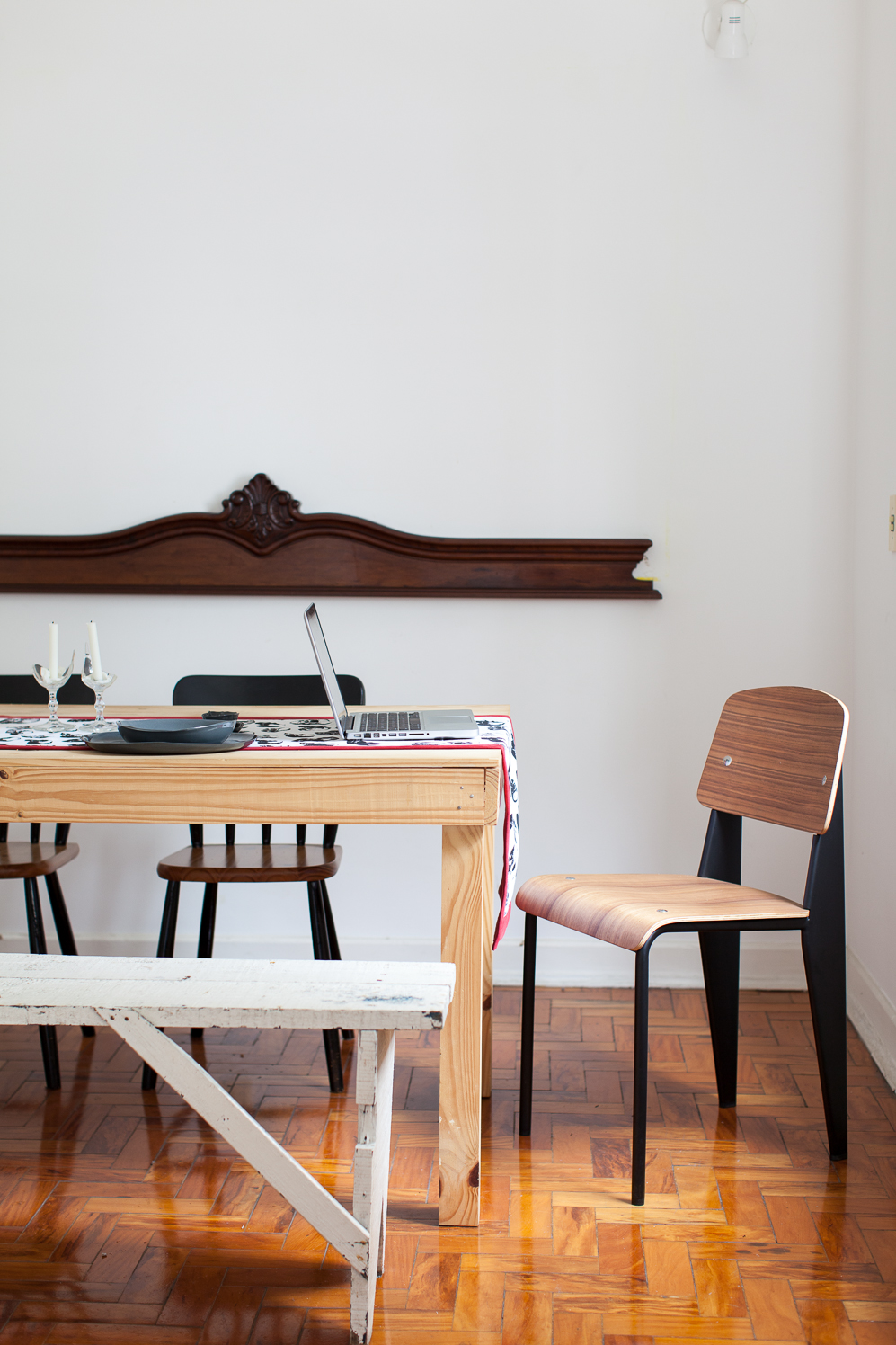
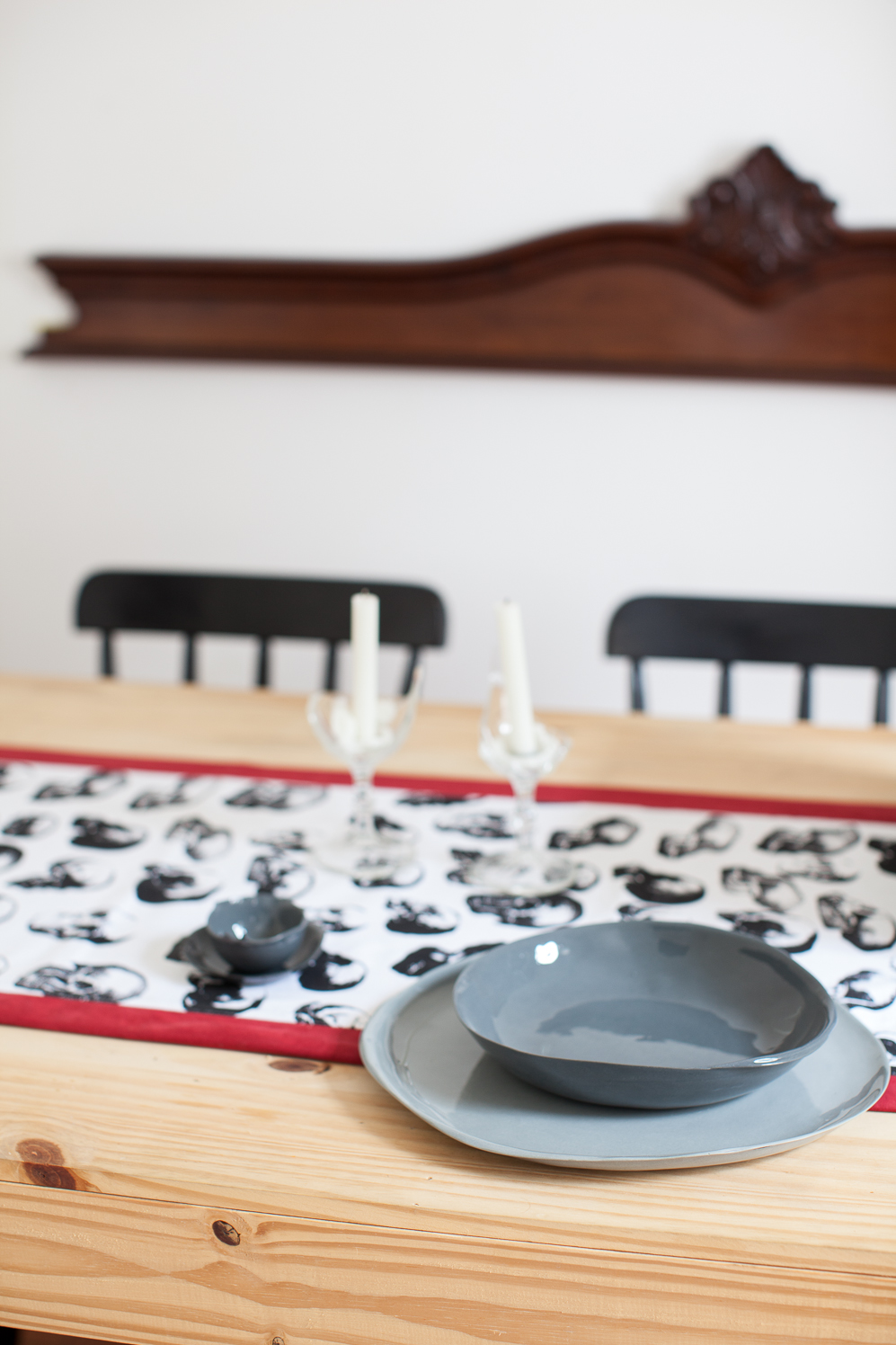
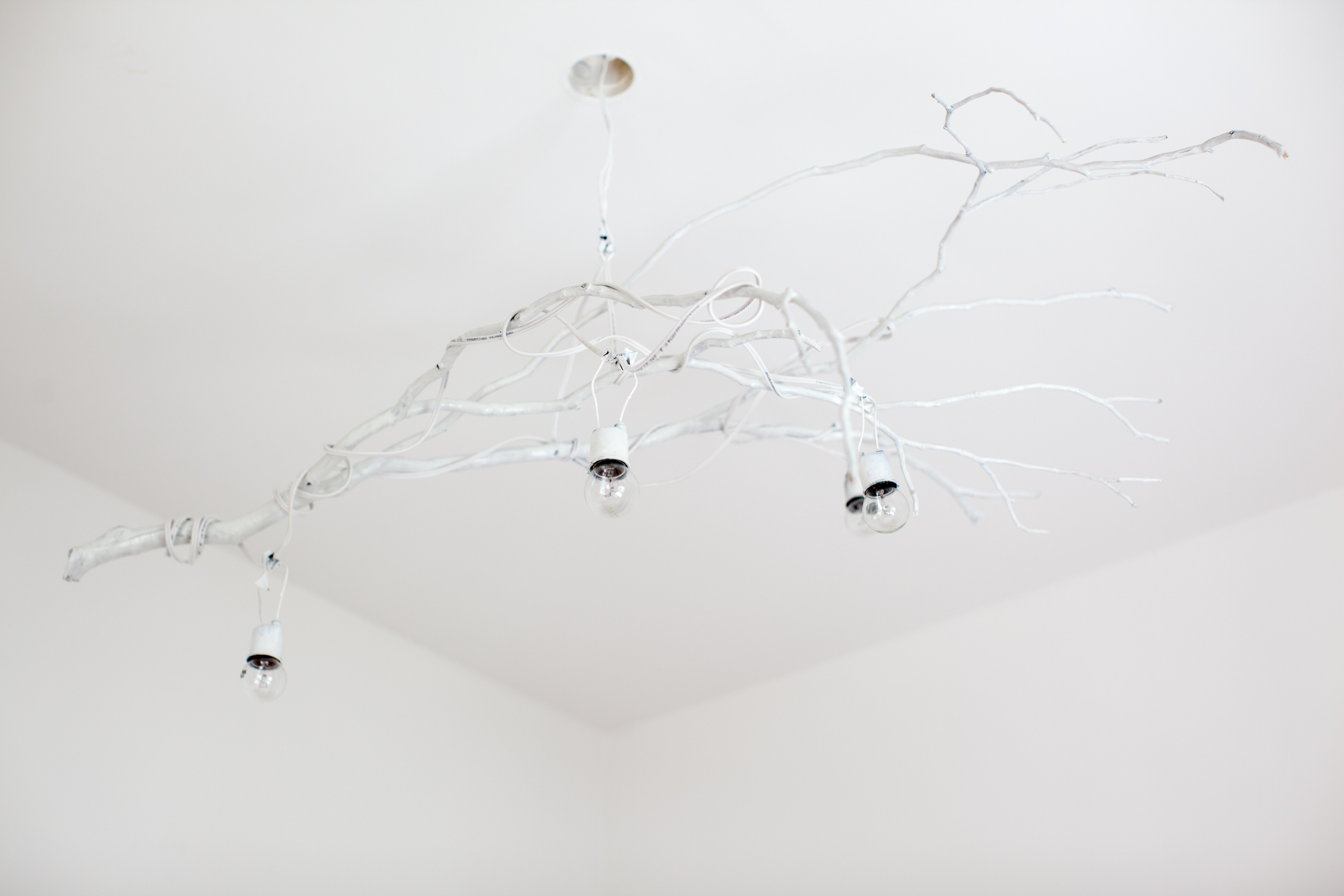
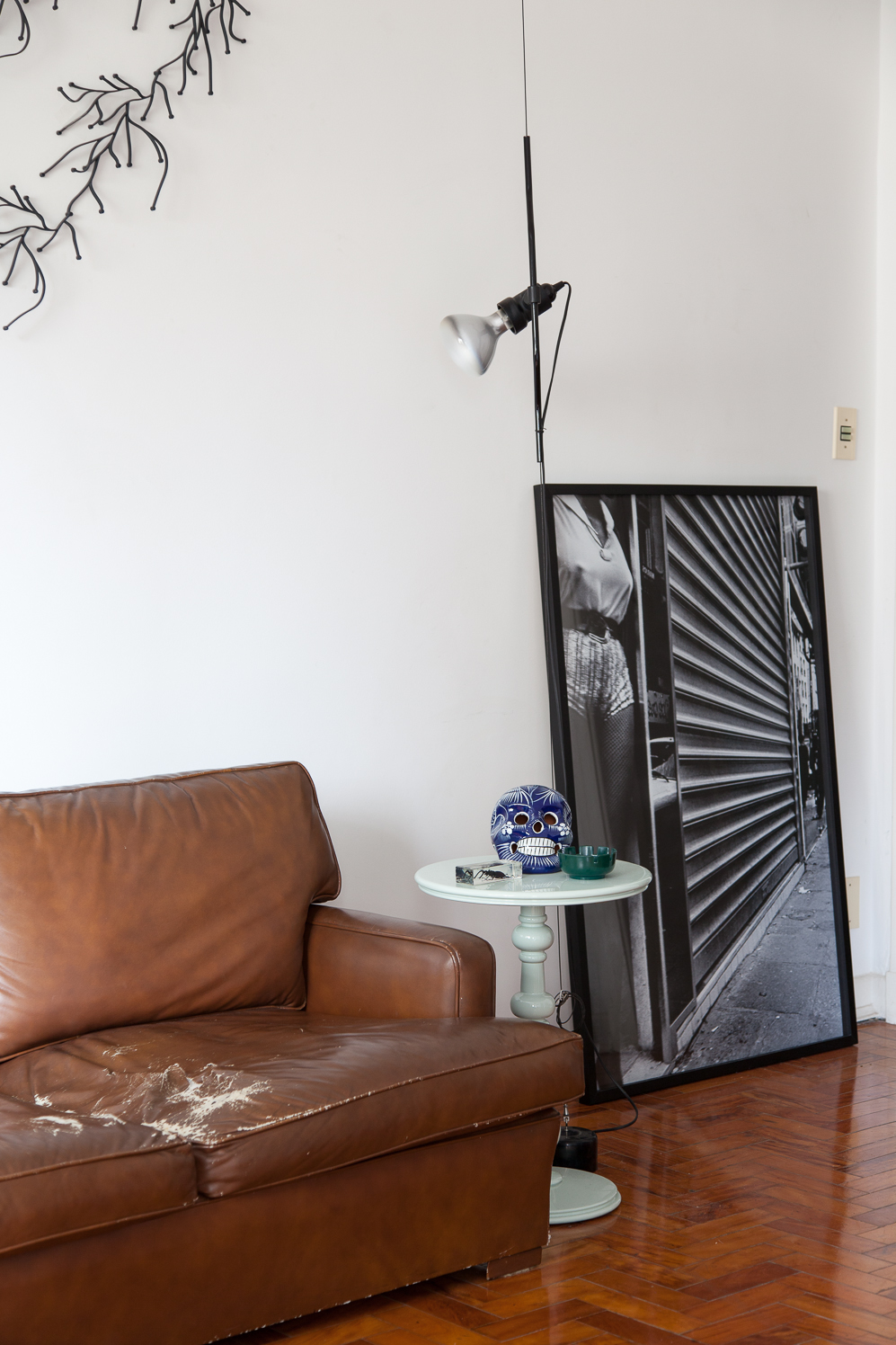
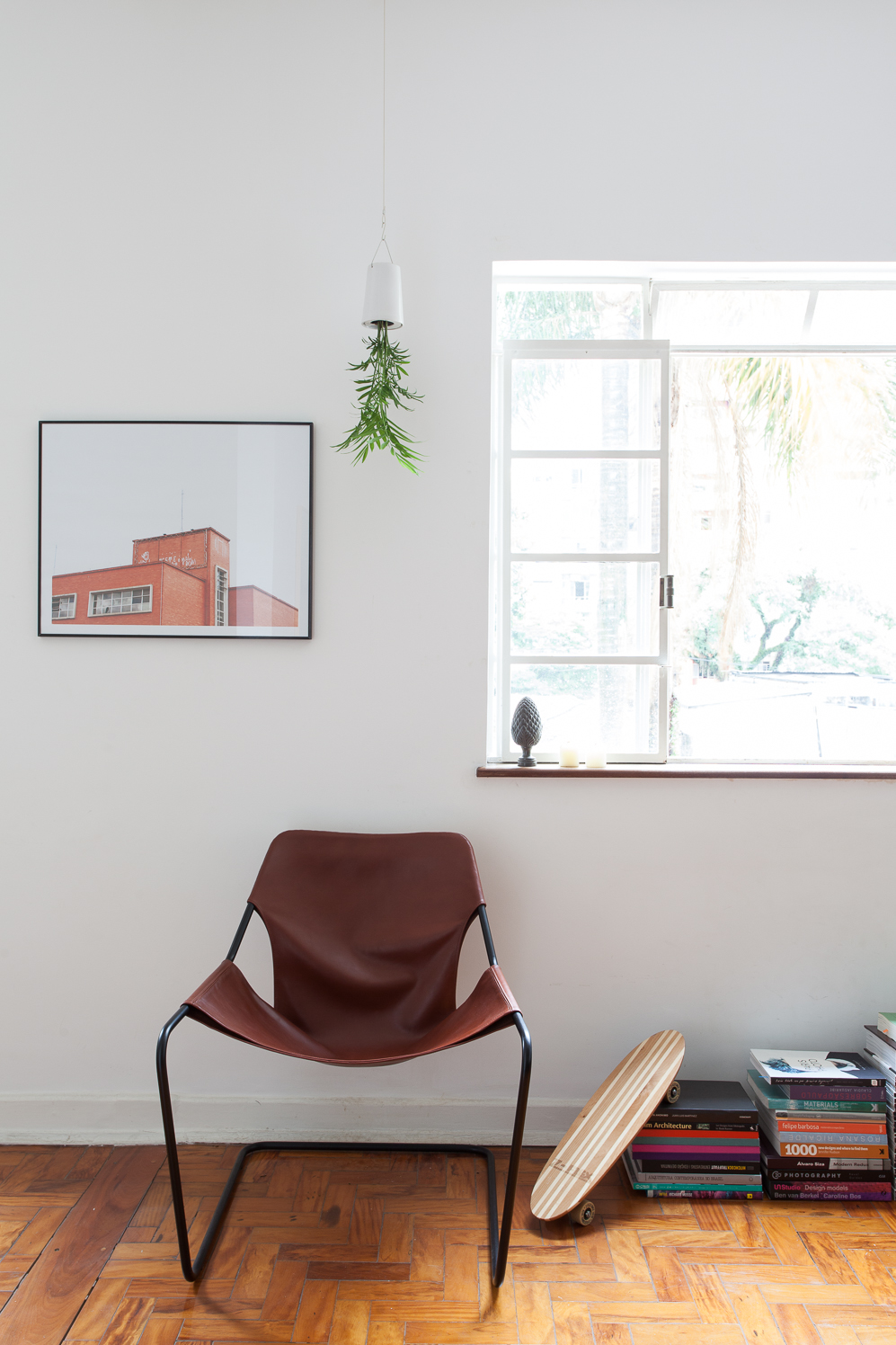
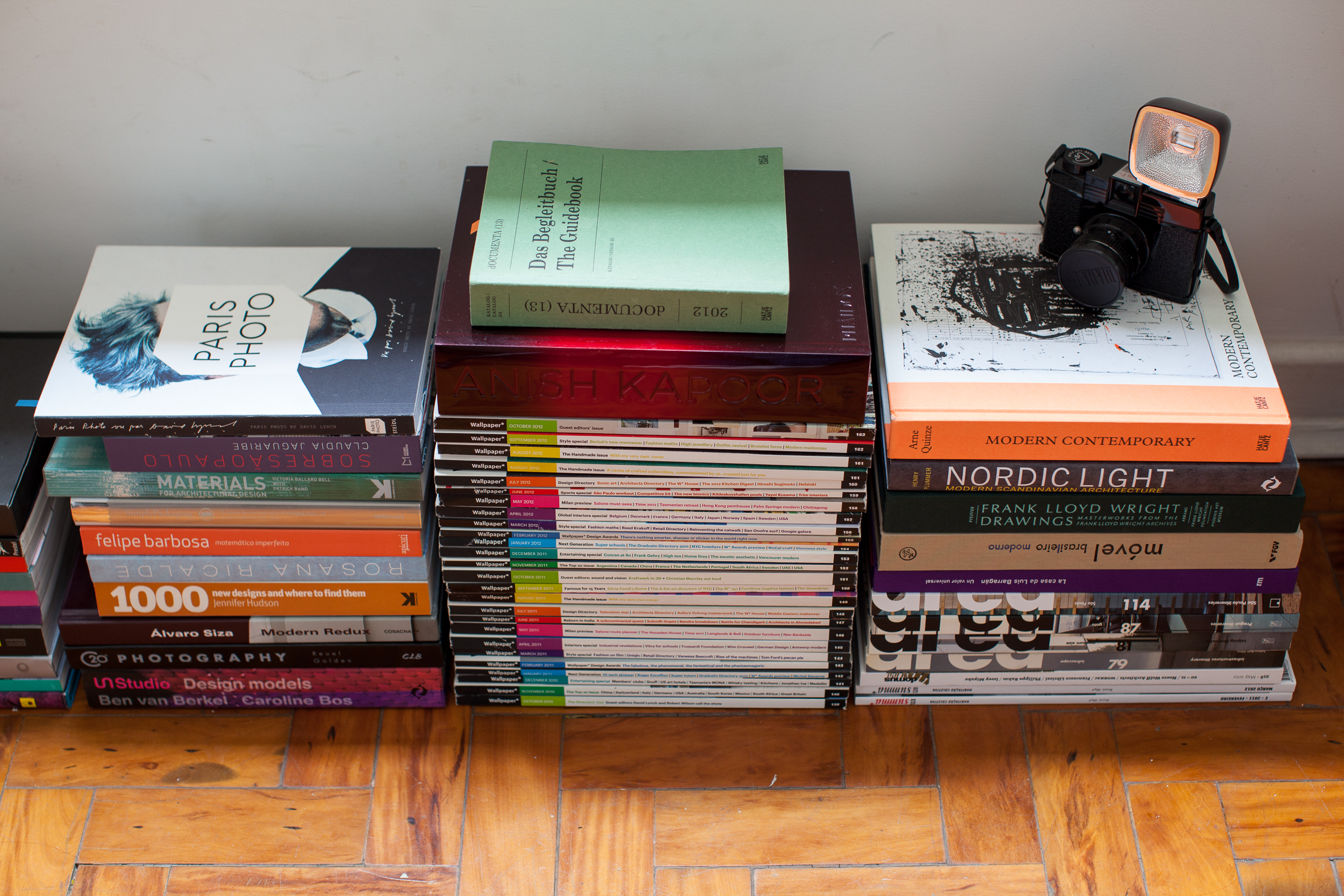
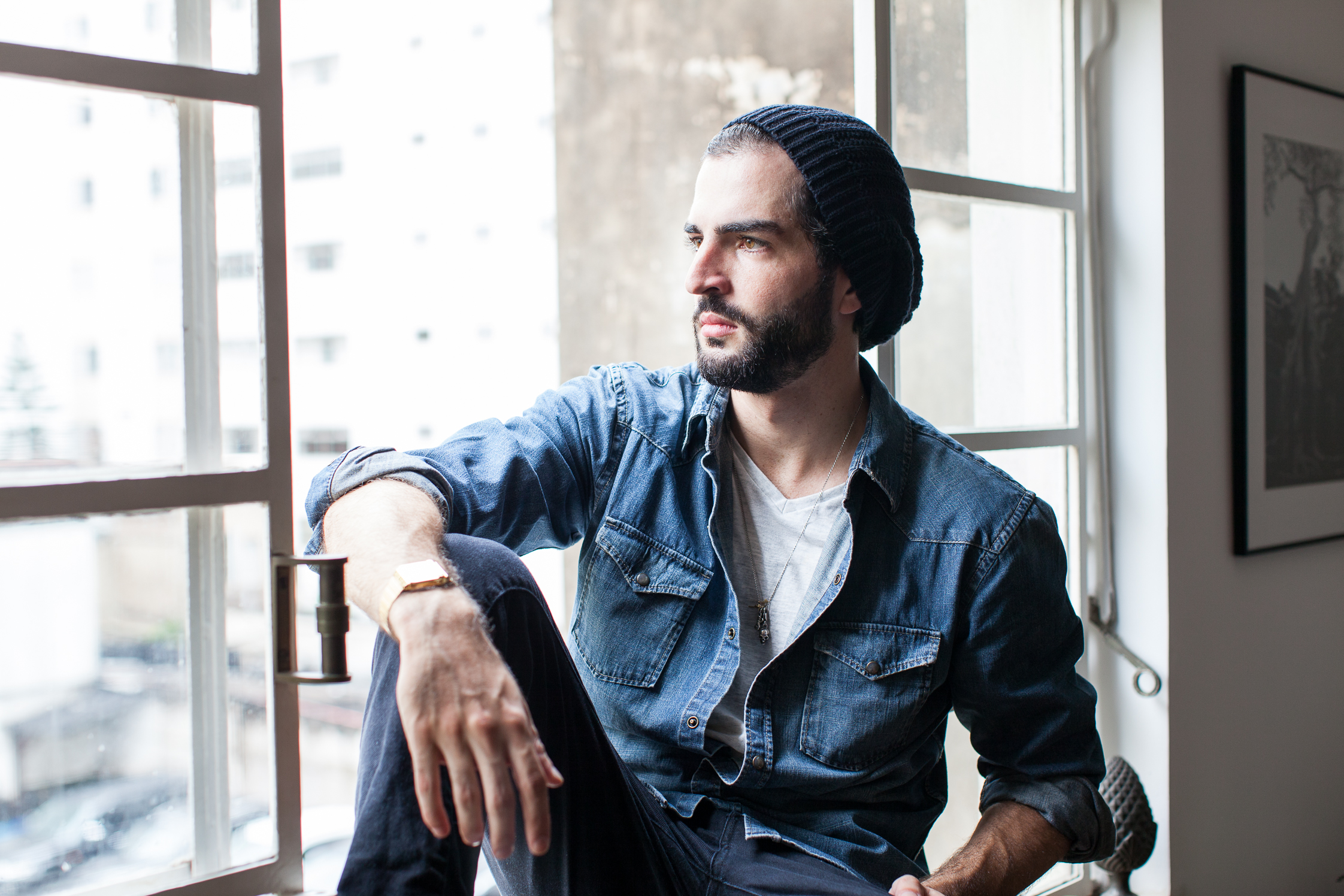
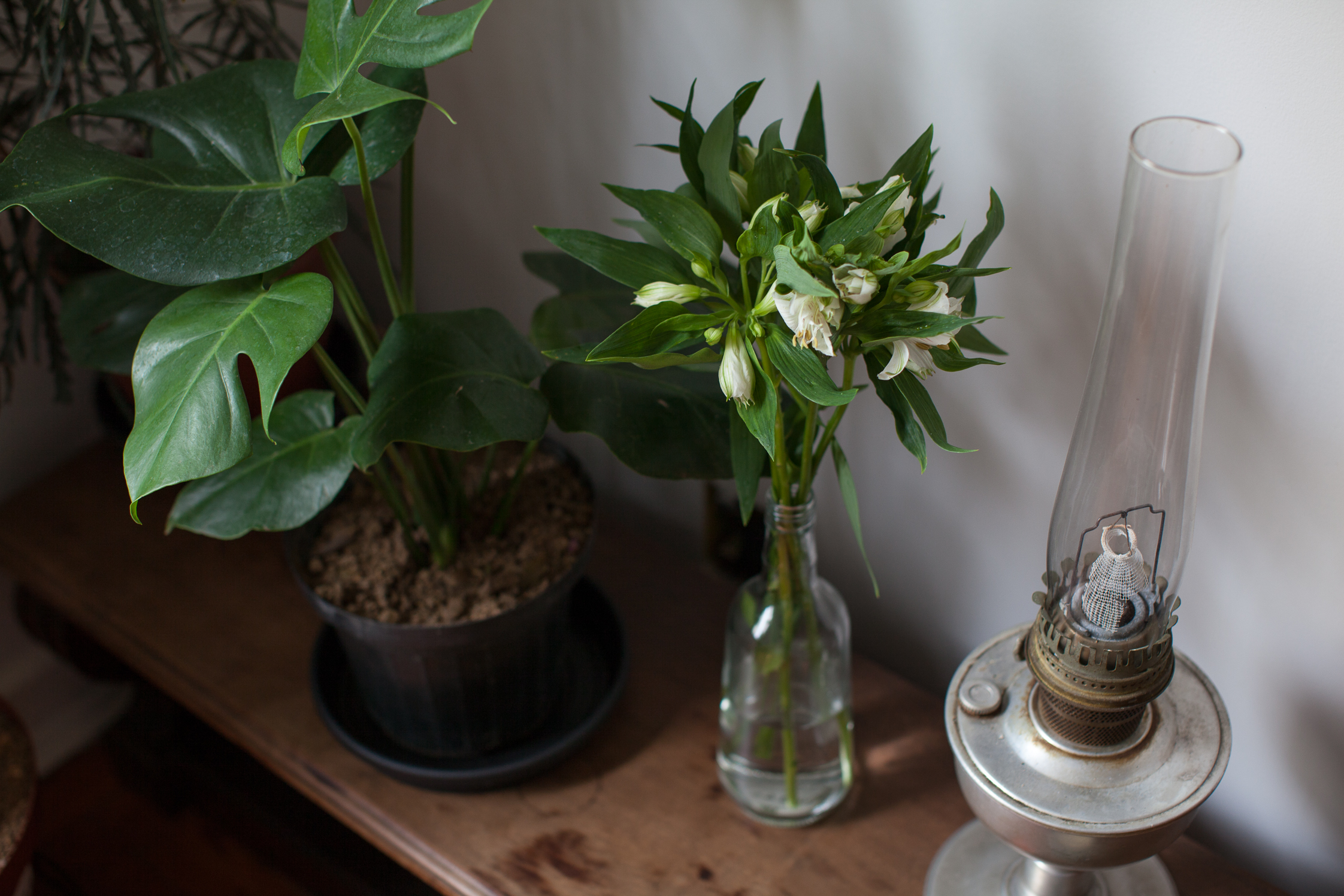
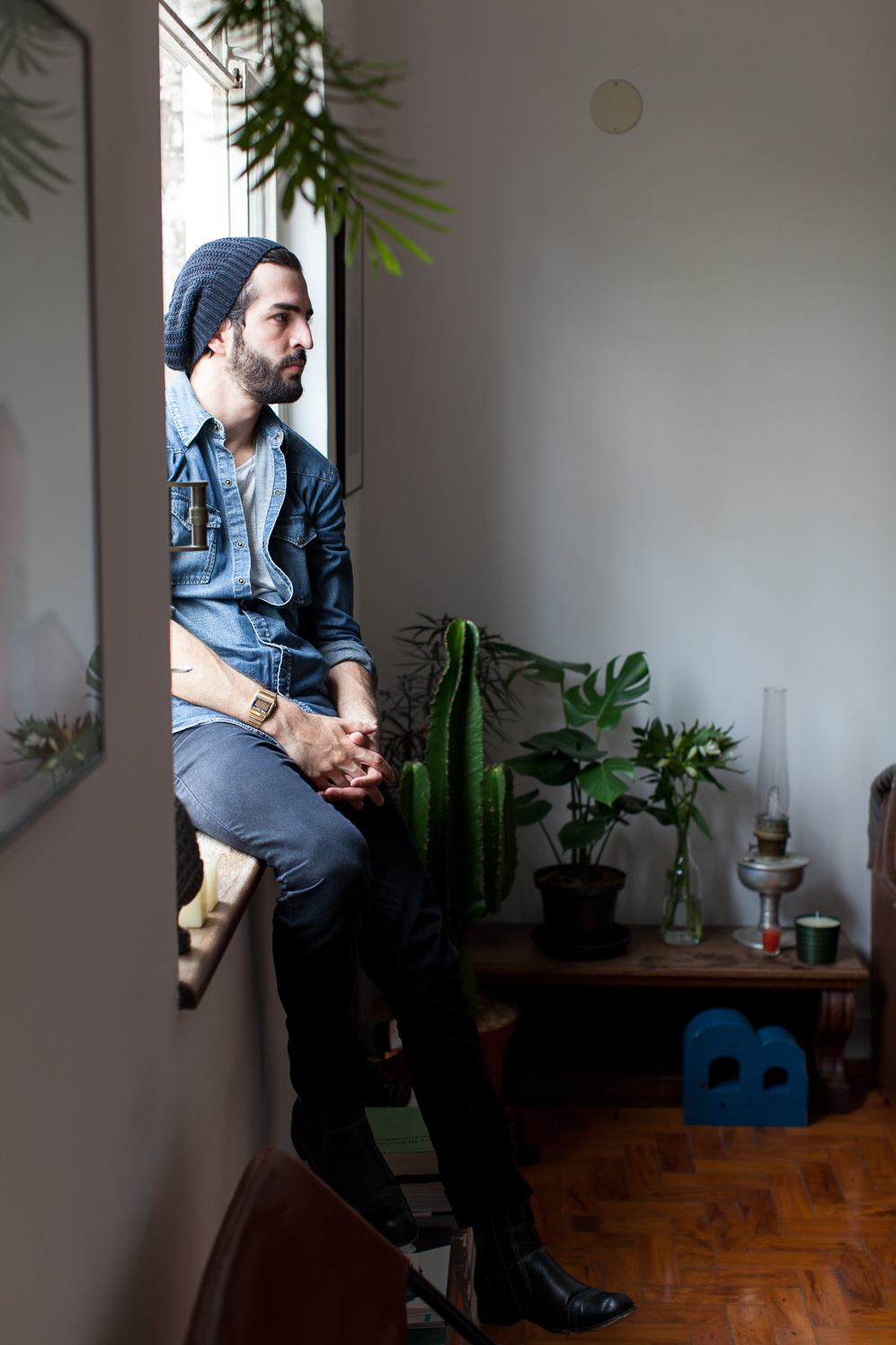

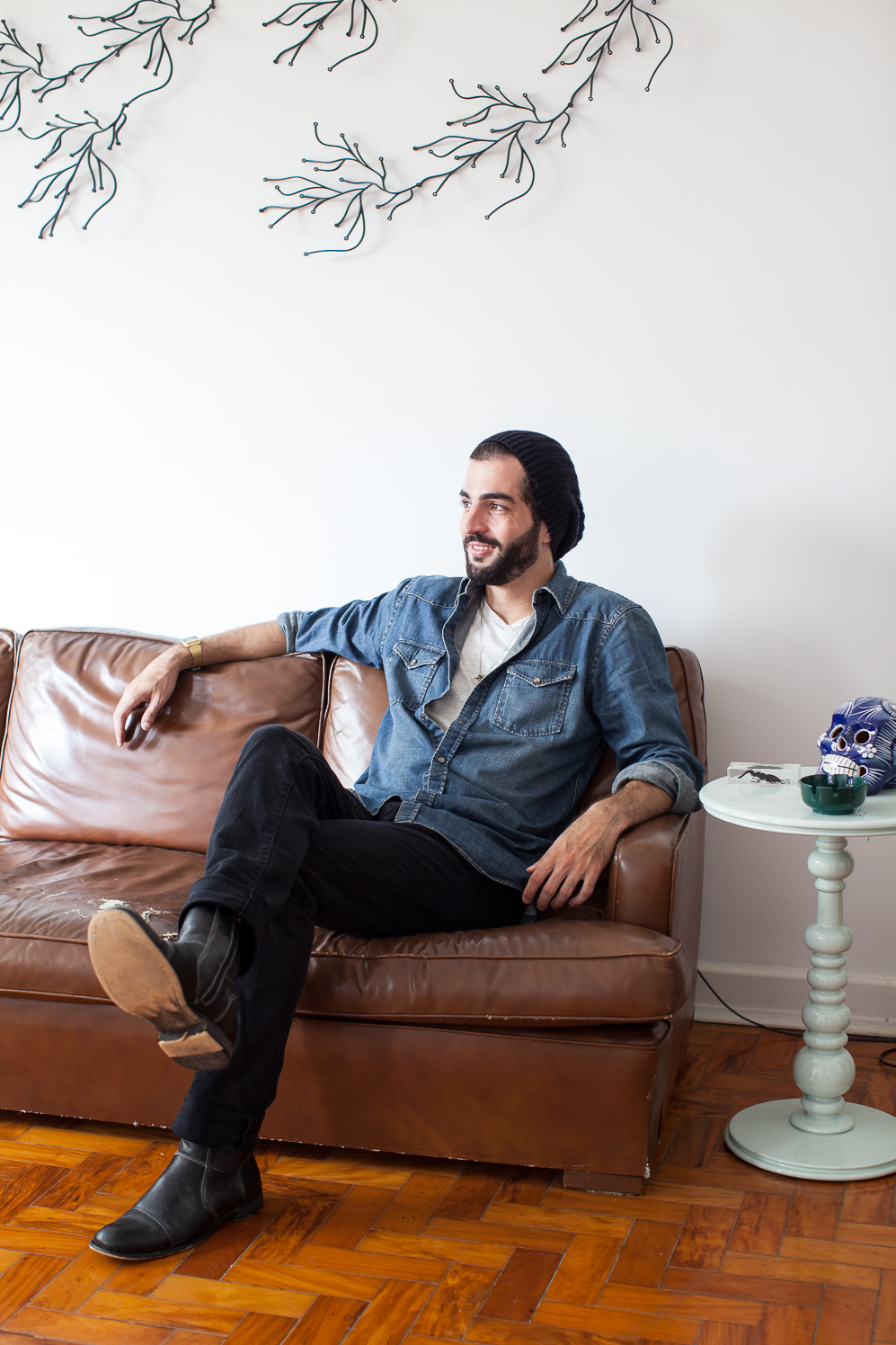
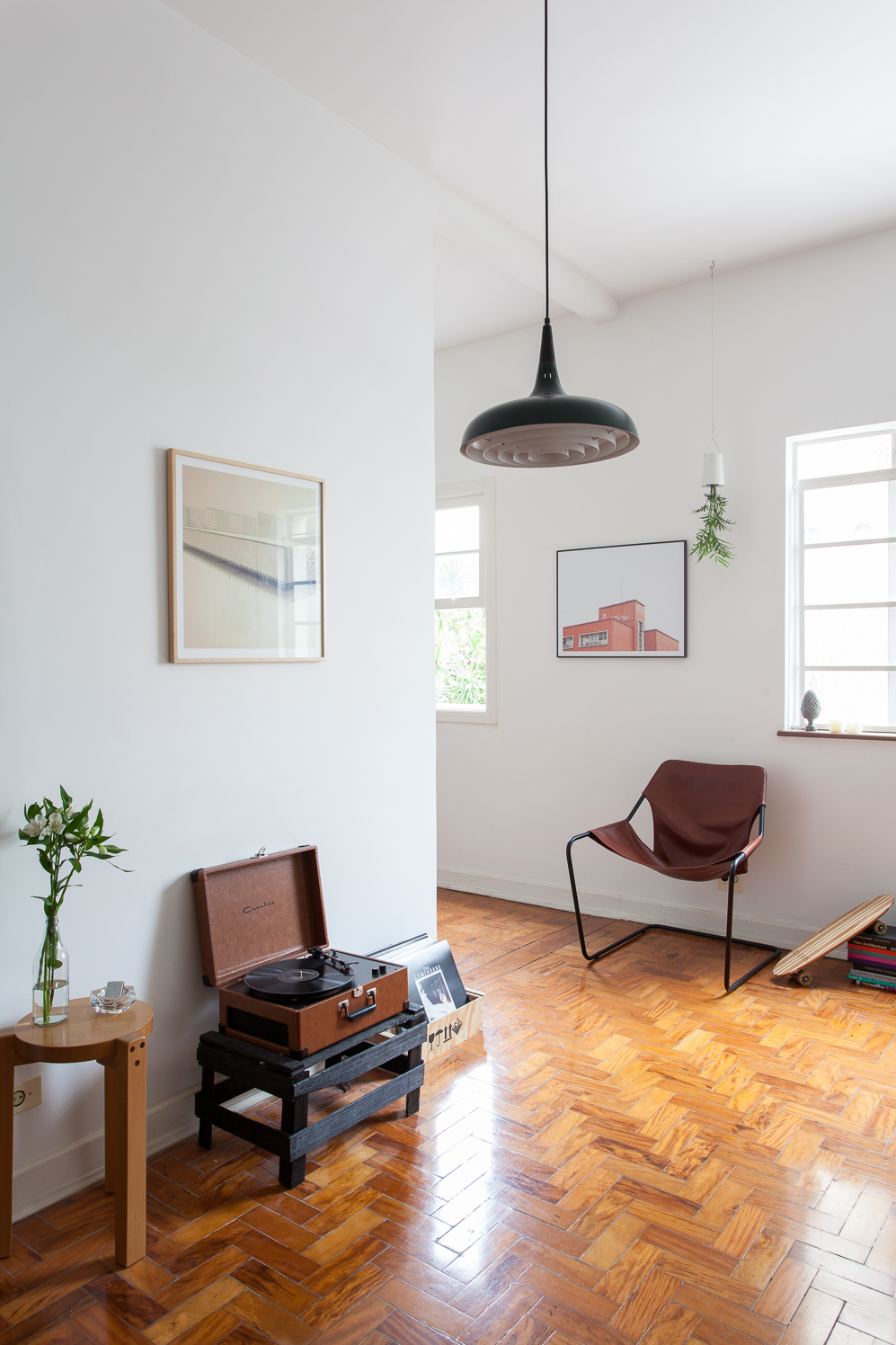
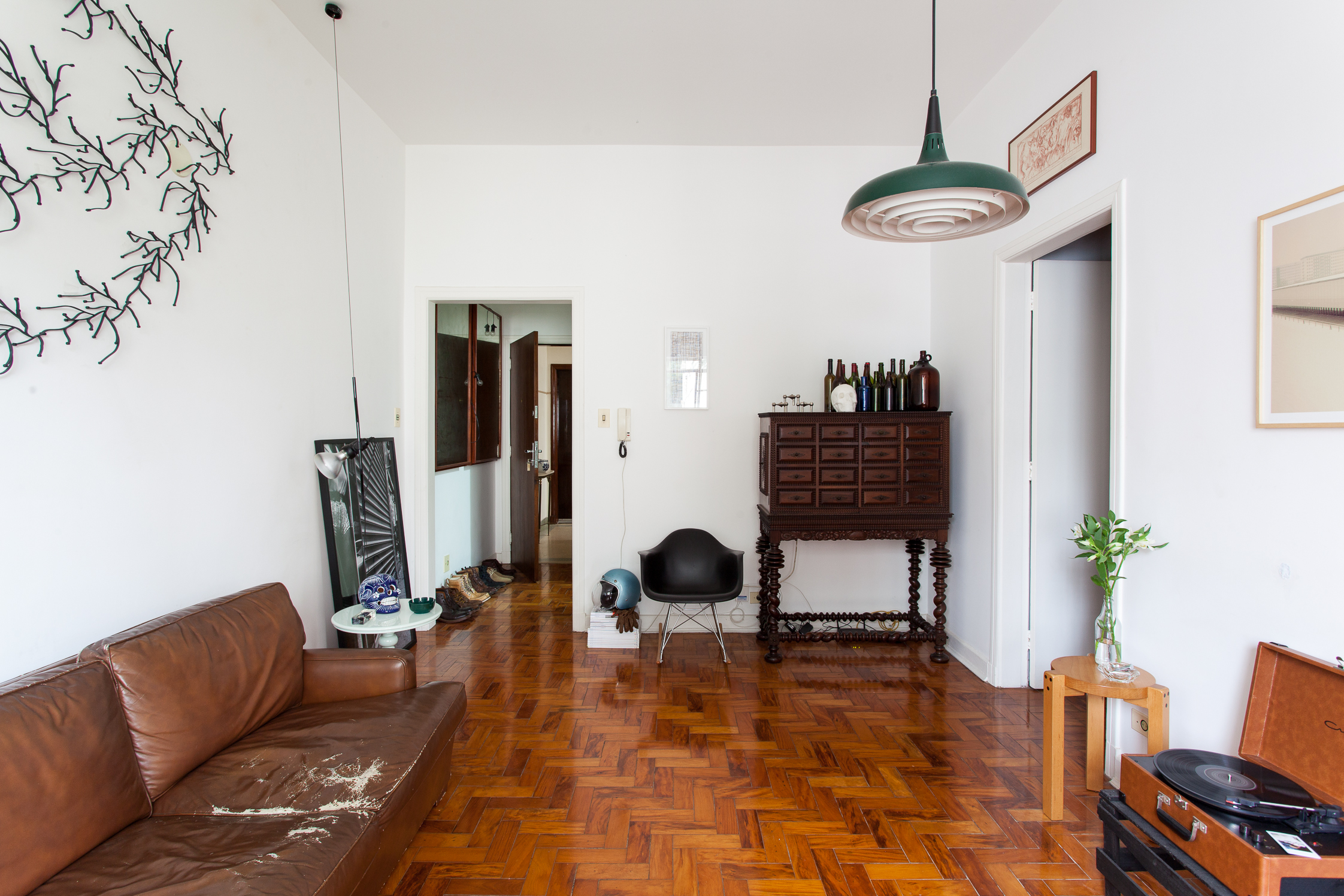
Tell us a bit more about your background. Where do you come from? When did you recognize your interest in architecture and what were your first steps?
I was born and raised in São Paulo, Brazil. I knew I would end up being an architect from a young age because my parents are both architects. During childhood I discovered a universe of possibilities in their reference books. I spent lots of time as a kid locked in their library, looking at every single book, imagining new worlds and drawing extensively. Later I started paying attention to the quality of the photographic images more closely and that universe also attracted me. This fascination led me to graduate in photographic studies before architecture. Afterwards, I started working for a French-Brazilian architectural firm called Tryptyque. This job gave me great experience as well as the ability to consider unconventional options as real approaches to solving problems. This is what I continue to try to do today with all of my projects.
You have worked in several areas and now want to change again. Do you feel you have a need for new challenges?
I think this is natural for me. I was always very curious as a child. Since I was young, I have been easily captivated: whenever something catches my interest, I lock myself in a library or at home with piles of books in order to investigate the subject as much as possible. During this process, new discoveries always arise and take me in different directions. Architecture has constantly influenced my aesthetic choices, perhaps because it was very present during my childhood – my parents were architects. It was within this context that I started to become interested in drawing and practiced my technique extensively.
After a while I started to pay more attention to the photos of projects and I realized how each frame defines its personality. At that point I became absorbed by the world of photography and suddenly, I discovered a new way to research. When I wasn’t locked in the lab studying history and techniques, you would find me walking around the streets taking photos. I loved wandering around with my camera. This love helped me see that I really can’t stay in one place for long. I need to be on the move. There was a time in which I felt that the two-dimensional world was no longer enough. I really needed to interact with three-dimensional spaces in a new way, which I found through architecture itself – not just in drawings. All scales of projects seduced me – from micro to macro – and so naturally my interest in design was also born.
How did this translate into working with magazines?
When I got the opportunity to work for an interior design magazine, I felt that the work there summarized everything for me: I could take care of photography, architecture and design articles. Obviously, over time the itch for more work of my own grew stronger. Now I want to dedicate myself to designing and producing my own pieces after many years spent analyzing other people’s creations. I am truly excited about this and feel enriched by my previous experiences in forming an understanding of design concepts and the design market. I still love architecture, but now all I can think about is that the scale of the design giving me more freedom to explore authorial sensations, structures, shapes and materials.
What influenced you when decorating your apartment?
I was still working at a magazine when I moved. I had a typical journalist’s routine of coming home very late with a lot of stuff on my mind, so I wanted it to be a light place without too much information to take in. It needed to be different to the houses I studied and looked at all day long from the office. I love what I do and obviously a little bit of my professional universe is represented here by iconic objects by the designers I admire. I wanted to convey a minimalist vibe but one that was not too polished. But this has been, I have to confess, very hard as I am an avid junk hunter. I like a mix of noble, iconic and perfectly manufactured pieces with handmade and antique pieces. This is precisely what gives a more personal touch to any home. I love to improvise with props or pieces that originally had other uses. I’m also not a fan of color and like enlightened places, so everything in my house respects a palette between the tones of the wood of the floor and the clarity of the apartment.
What is your favorite corner of the house?
It is definitely the window with the Paulistano chair designed by Paulo Mendes da Rocha next to it. It’s always there when I want to relax. I love sitting there and taking advantage of the natural light while reading or just peering out of the window and watching the street. Even though I work from home, I still respect this corner. I only go there when I want to relax with a good book or magazine accompanied by a cup of tea. I think this is the most comfortable chair ever and I would love to have all the cover options in order to play around with the tones and textures. This is the only place that doesn’t change in my house. Because I prefer a flexible layout, the rest of the elements of my home vary all the time.
You mentioned that you love Scandinavian design. What are you most attracted to about it and why?
I admire Scandinavian modern design for its clean aesthetic and functionality, which together create a perfect balance between comfort and beauty. Another priceless feature is the sensitivity of manual labor present in the pieces mixed with new technologies. Maybe that’s why I admire Brazilian design from the 50s and 60s so much, as well. It’s easy to see a parallel with European production, whereby aspects such as structure and comfort were very important and each creation was well synthesized.
Are there any particular folk objects that you would love to own?
I am still searching for a bigger moose head. Also I can’t stop thinking about a pair of arrows by Fredericks & Mae and an axe from Best Made Co. I think these two items would be the only exceptions in bringing a bit of color to my home. In the future I want to have banjo lessons and I would obviously create a special corner for my banjo.
When did you establish your own furniture brand and what do you hope to achieve with it?
I founded Atelier Bruno Simões in 2013 and my goal is to produce pieces that experiment with new relationships between user and product. They demand direct participation from the client in a sense. The pieces have multiple uses and do not have a predetermined layout. I like to play with the idea of furniture as a living organism inside the house. That’s why my first collection involves the symbiosis between materials and plants, thus creating a necessary participation with the user to keep the furniture “alive.” For example, the low table Quina has no single correct way of being displayed and inside it there’s a vase that needs to be filled with plants in order to keep the balance of the piece.
Who are your favorite designers?
I’m very inspired by the Bouroullec brothers in terms of approach and design solutions and by Tokujin Yoshioka in terms of experimentation with materials. From Brazil, I really admire Jorge Zalszupin’s and Lina Bo Bardi’s modernist designs. From the newer generation, I enjoy the work of designers such as Anton Alvarez, Muller van Severen and Philippe Malouin.
What is your favorite material?
I started out by studying woodwork, so I have a relationship with this material and I love its malleable qualities, its touch and smell. Also, here in Brazil there’s an enormous variety of species and plenty of room for discovery.
What attracts you to a piece of furniture? Where do you get your inspiration?
As an architect I find that furniture lets me discover a way to explore my personal concepts and ideas very freely. I have really been able to reflect on the transformative power that furniture has within an architectural environment. Furniture creates a close dialogue with the user. In both architecture and furniture design, I’m always looking for new materials and new ways to explore ordinary ones. I like to play with the idea of mixing both universes, like bringing common materials from architecture into the furniture world and vice versa. The conceptual inspiration comes from different sources, but most of the time it comes from spending some time on the street analyzing urban details or visiting art galleries.
Bruno, thank you for giving us an insight into your beautiful home – it has been an absolute pleasure. To find out more about Bruno’s works see his website here.
This portrait is part of our ongoing collaboration with ZEIT Online who present a special curation of our pictures on their site.
Photography: Fran Parente
Interview & Text: Roberta Campos
